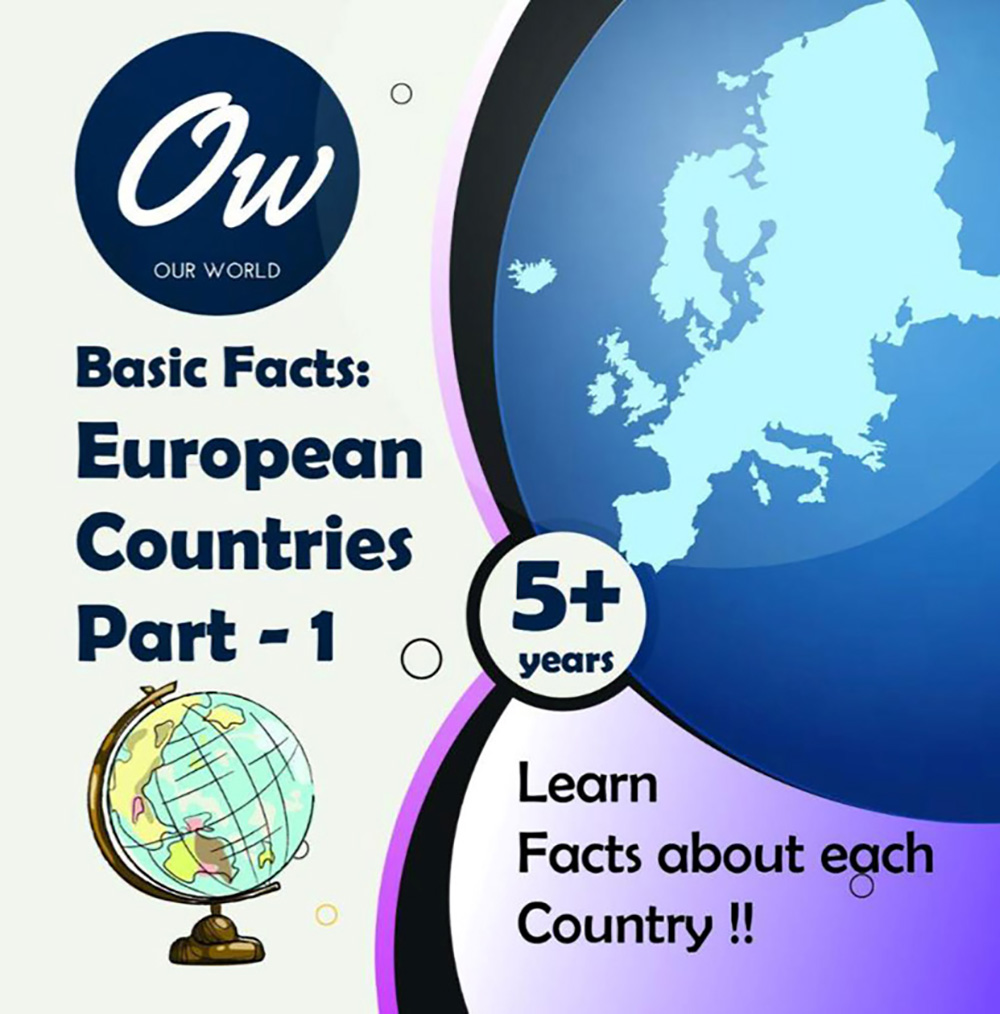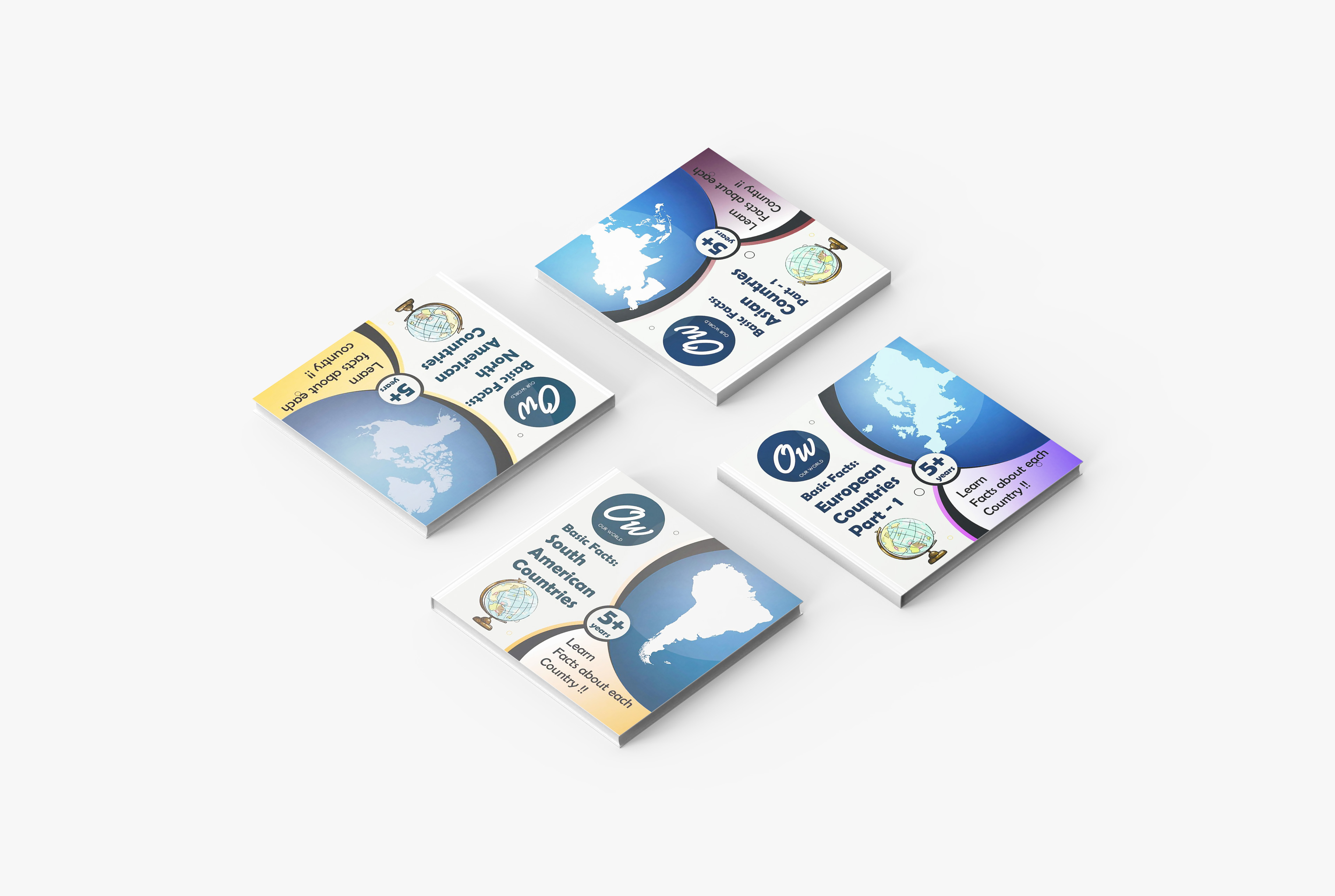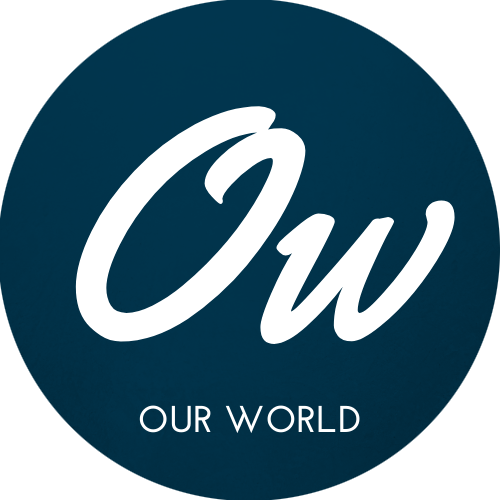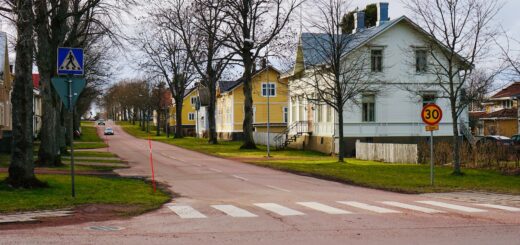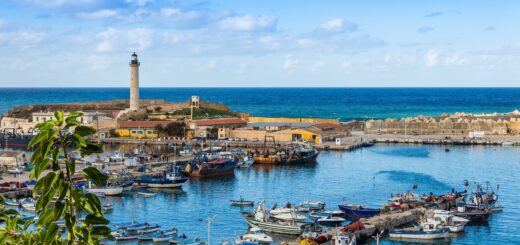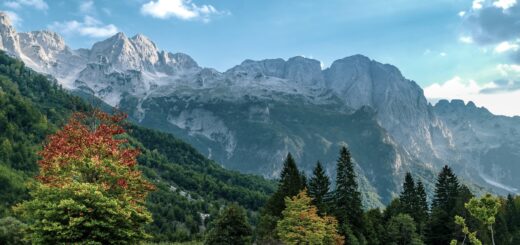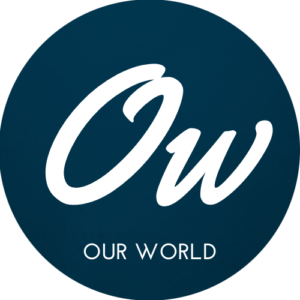81 Facts about Afghanistan
From War-Torn History to Cultural Gems
Afghanistan is a landlocked country located in South Asia and Central Asia. It is a country with a complex history, diverse culture, and ongoing conflicts. Despite its challenges, Afghanistan has a rich heritage and many interesting facts that are worth knowing.
Geographic
- Afghanistan is located in Central Asia, bordered by Pakistan, Iran, Turkmenistan, Uzbekistan, and Tajikistan.
- The Hindu Kush mountain range runs through Afghanistan, with the highest peak being Nowshak (7,485 m).
- The Amu Darya river, also known as the Oxus, forms part of Afghanistan’ northern border.
- Afghanistan is a landlocked country, with no access to the sea.
- The country has a semi-arid to arid climate, with hot summers and cold winters.
- The capital and largest city of Afghanistan is Kabul.
- Afghanistan has a population of around 38 million people.
- The official language of Afghanistan is Pashto and the official religion is Islam.
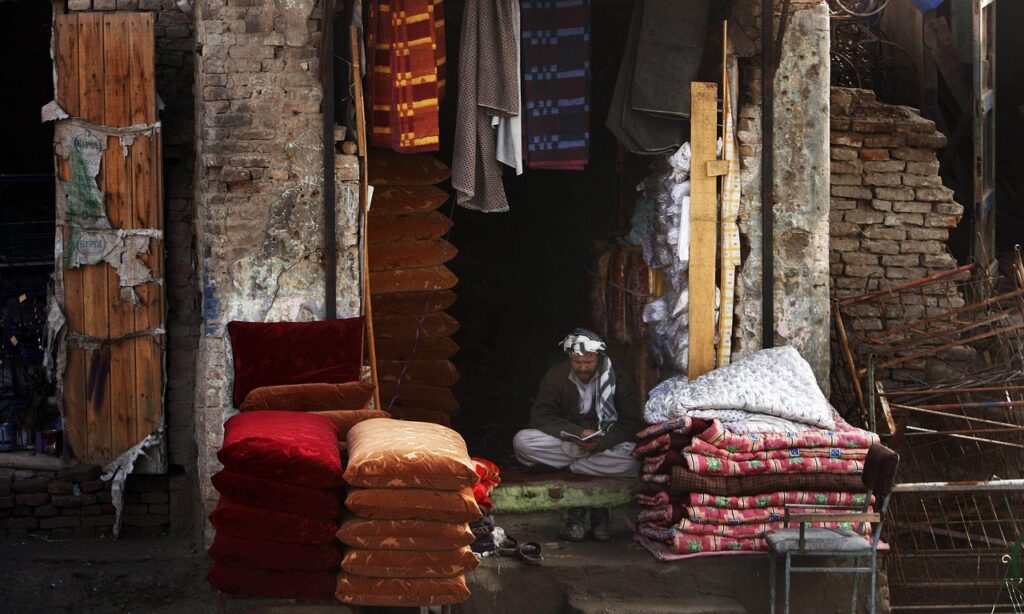
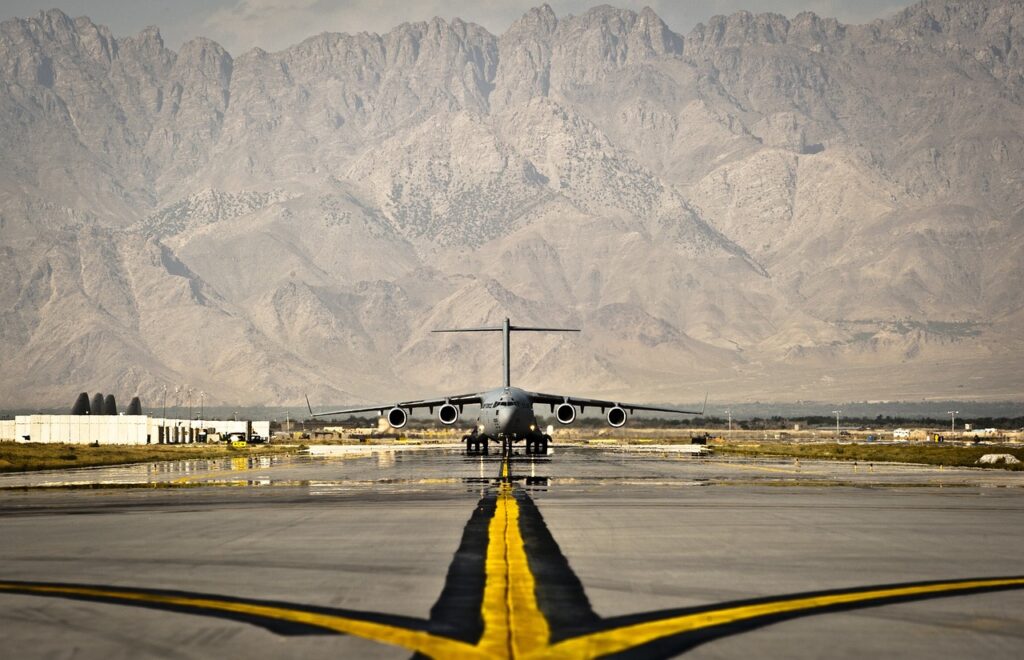
National Symbols
- The national emblem of Afghanistan features a mosque with pulpit and flags on either side, below the mosque, an Arabic inscription of the Shahada (the Muslim creed) below that, rays of the rising sun over the Takbir (Arabic expression meaning “God is great”), and at bottom center, an scroll bearing the name Afghanistan.
- The national flag of Afghanistan is made up of three equal vertical stripes of black, red, and green.
- The national animal of Afghanistan is the snow leopard, which is considered an endangered species.
- The national bird of Afghanistan is the eagle.
- The national flower of Afghanistan is the tulip.
- The national tree of Afghanistan is the pine.
- The national fruit of Afghanistan is the pomegranate.
- The national gemstone of Afghanistan is lapis lazuli.
- The national anthem of Afghanistan is called “Milli Surood” which means “National Anthem”.
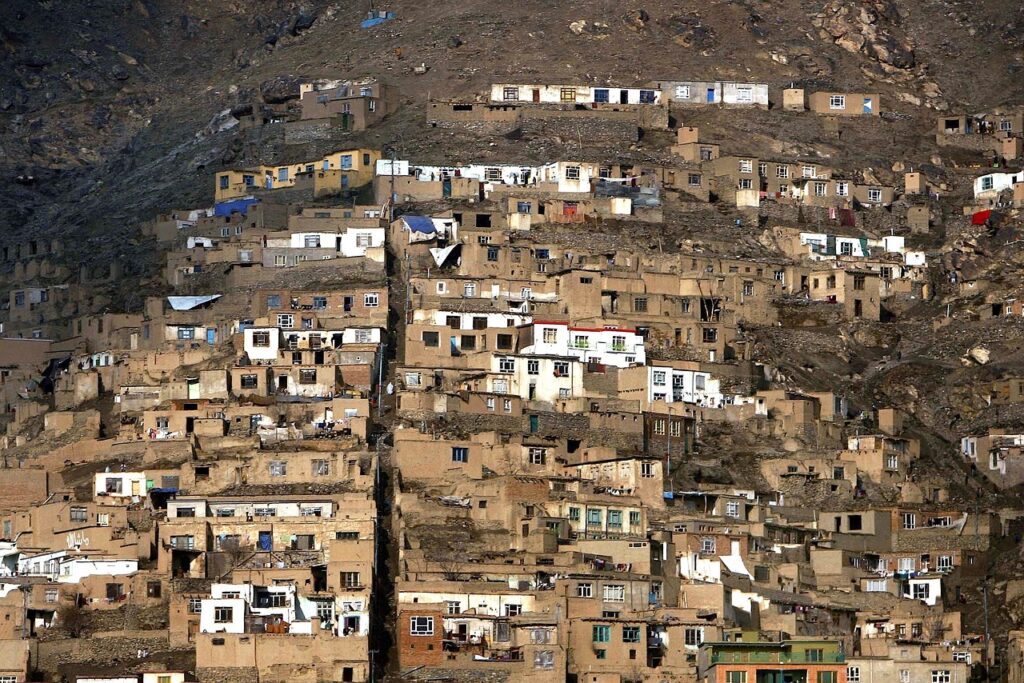
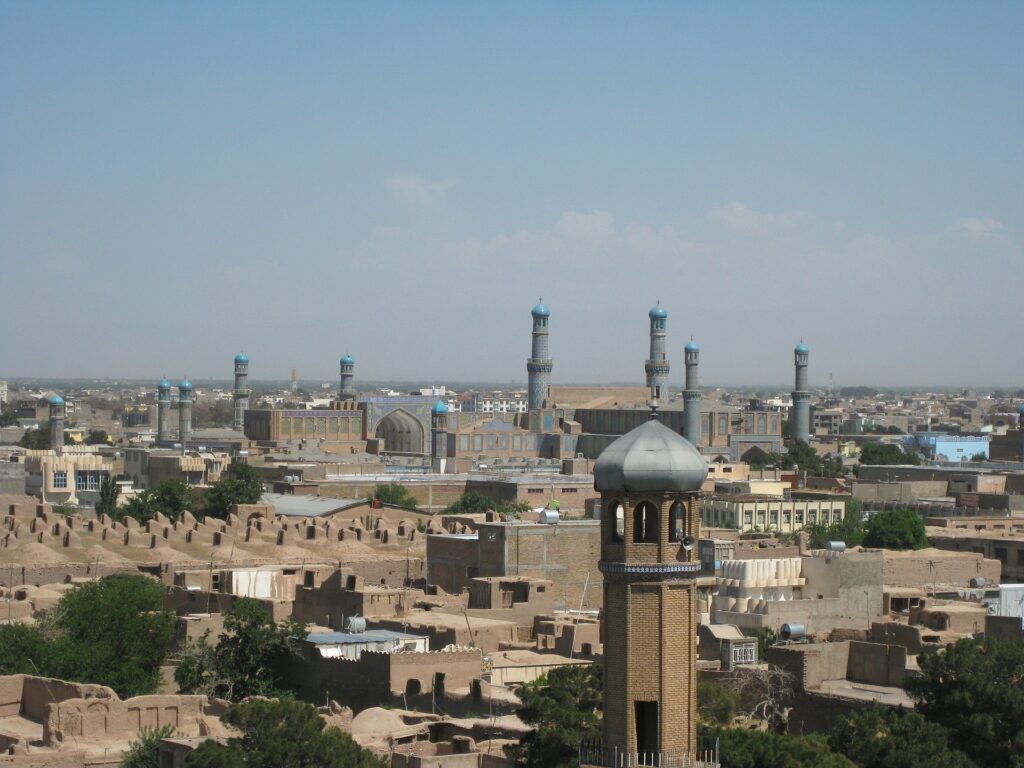
Political
- Afghanistan is an Islamic Republic, with a President as the head of state and a Prime Minister as the head of government.
- The current President is Ashraf Ghani, who has been in office since September 2014.
- The country has a bicameral National Assembly, consisting of the Wolesi Jirga (House of the People) and the Meshrano Jirga (House of Elders).
- Afghanistan is a federal system of government, with 34 provinces.
- The legal system of Afghanistan is based on Islamic law and civil law.
- The country has undergone significant political turmoil in recent history, including a civil war and the Taliban insurgency.
- The United States and its allies invaded Afghanistan in 2001 to oust the Taliban government that had harbored al-Qaeda terrorists.
- Afghanistan has held several democratic elections since the fall of the Taliban in 2001.

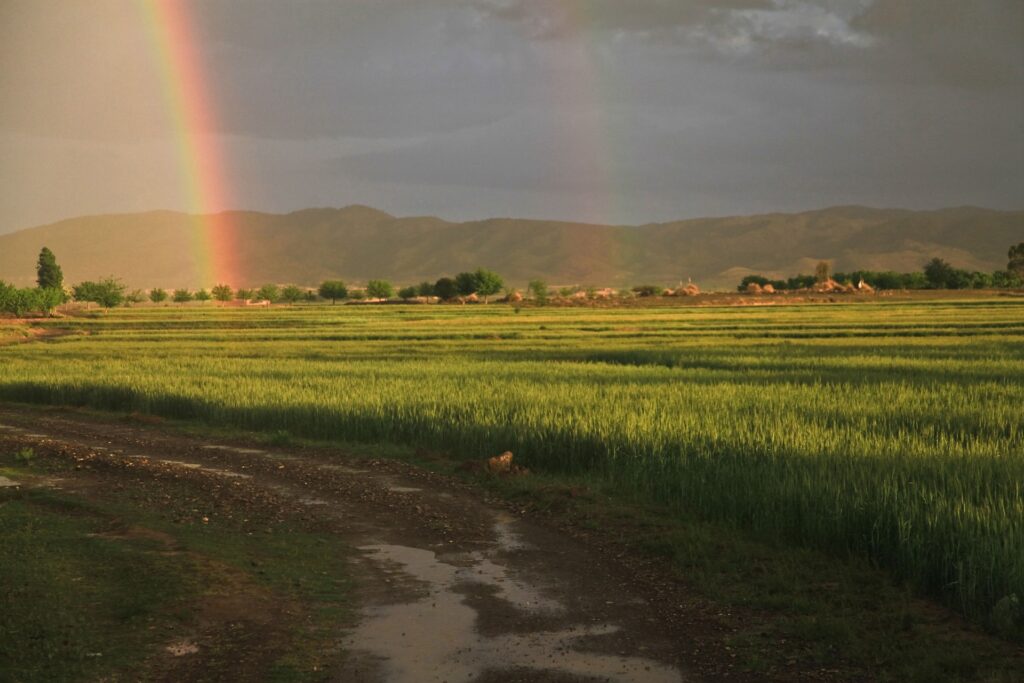
Cultural
- Afghanistan has a diverse culture, with many different ethnic groups and languages spoken throughout the country.
- Pashto and Dari are the two main languages spoken in Afghanistan, with Pashto being spoken primarily in the south and east, and Dari being spoken primarily in the north and west.
- Islam is the main religion in Afghanistan, with the majority of the population being Sunni Muslims.
- The country is known for its intricate carpets and other hand-woven textiles, as well as traditional metalwork and pottery.
- Afghanistan has a long history of hospitality, and it is considered impolite to refuse food or drink when offered by an Afghan host.
- The traditional Afghan clothing for men is a long-sleeved tunic called a kameez, and loose-fitting pants called shalwar, along with a turban or pakol hat.
- The traditional Afghan clothing for women is a long, flowing dress called a burqa or chadri, which covers the entire body.
- The country has a rich cultural heritage with many historical monuments and landmarks, including the Minaret of Jam, the Buddhas of Bamiyan, and the Herat Citadel.
- Afghanistan has a rich history of storytelling and proverbs, passed down through generations and still used in everyday life, They express the wisdom and humor of the Afghan people.
Economic
- Afghanistan is one of the poorest countries in the world, with a GDP per capita of around $1,100 (as of 2020)
- Agriculture is the main source of income for many Afghan citizens, with major crops including wheat, fruits, nuts and opium.
- Afghanistan has abundant mineral resources, including copper, gold, lithium, iron ore and precious and semi-precious stones.
- The country has a relatively small industrial sector, with the main industries being textiles, food processing and construction.
- Afghanistan has a high unemployment rate and a large informal economy.
- Afghanistan is heavily dependent on foreign aid, with the United States and other international donors providing significant financial assistance in recent years.
- Afghanistan has a high poverty rate, with an estimated 36% of the population living below the poverty line.
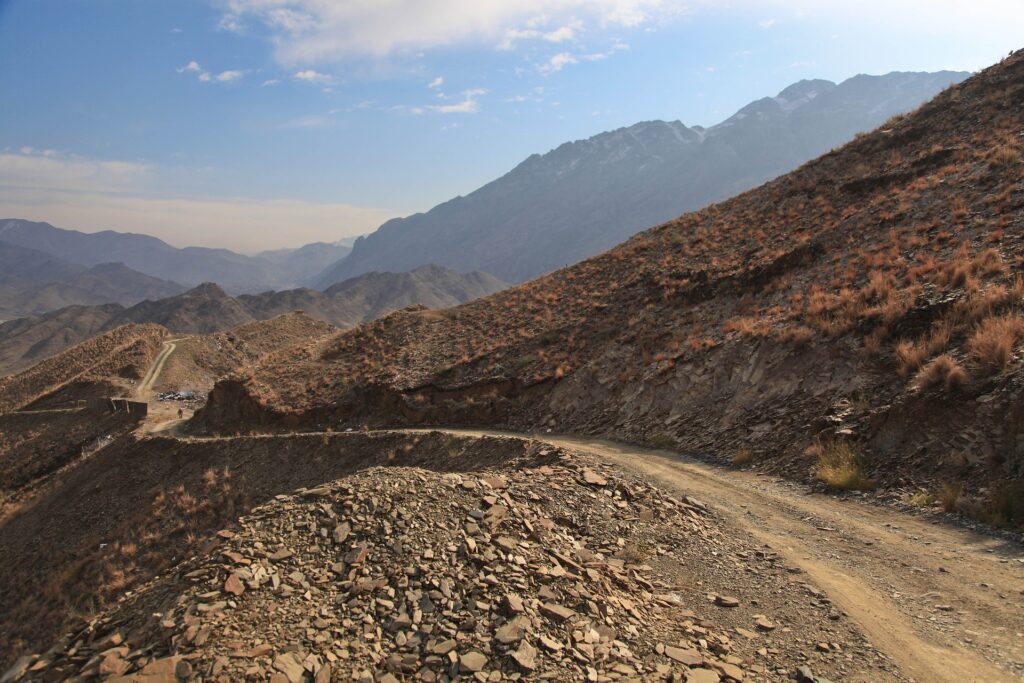
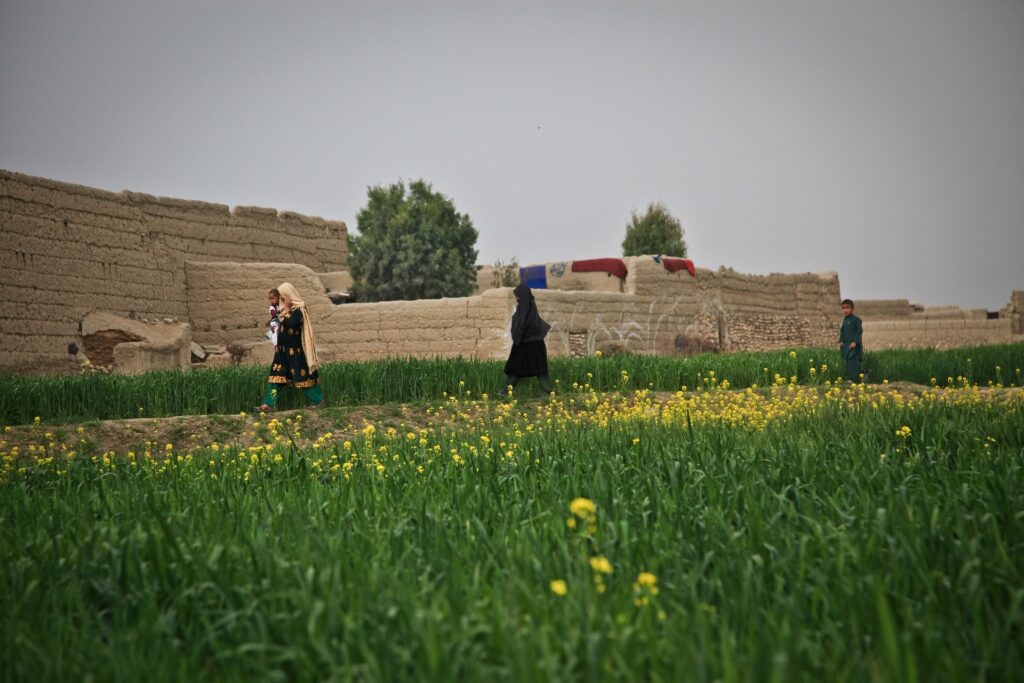
Art, Music and Poetry
- Pashto and Dari poetry are particularly famous, with many famous poets and poetry collections.
- The traditional Afghan music is known for its use of instruments such as the sitar, tabla, and harmonium, and is often accompanied by singing and dancing.
- The traditional Pashtun dance called the Attan is particularly popular in Afghanistan.
- Afghanistan has a rich history of storytelling, passed down through generations, and many famous folktales, proverbs and fables.
- The country is known for its unique and diverse musical styles, including the Khlasak, Ghazal and Atan.
- Poetry is a respected and revered art form in Afghanistan, and many poets have become cultural icons.
- The traditional Afghan music is heavily influenced by Persian and Central Asian music and has been a part of Afghan culture for centuries.
Sports
- Cricket is the most popular sport in Afghanistan, and the national team has seen success in international competitions.
- Football (soccer) is also popular in Afghanistan, and the national team has competed in international tournaments.
- Afghanistan has a strong tradition of martial arts, particularly the national sport of Buzkashi, a game played on horseback in which players compete to grab and hold onto a goat or calf carcass.
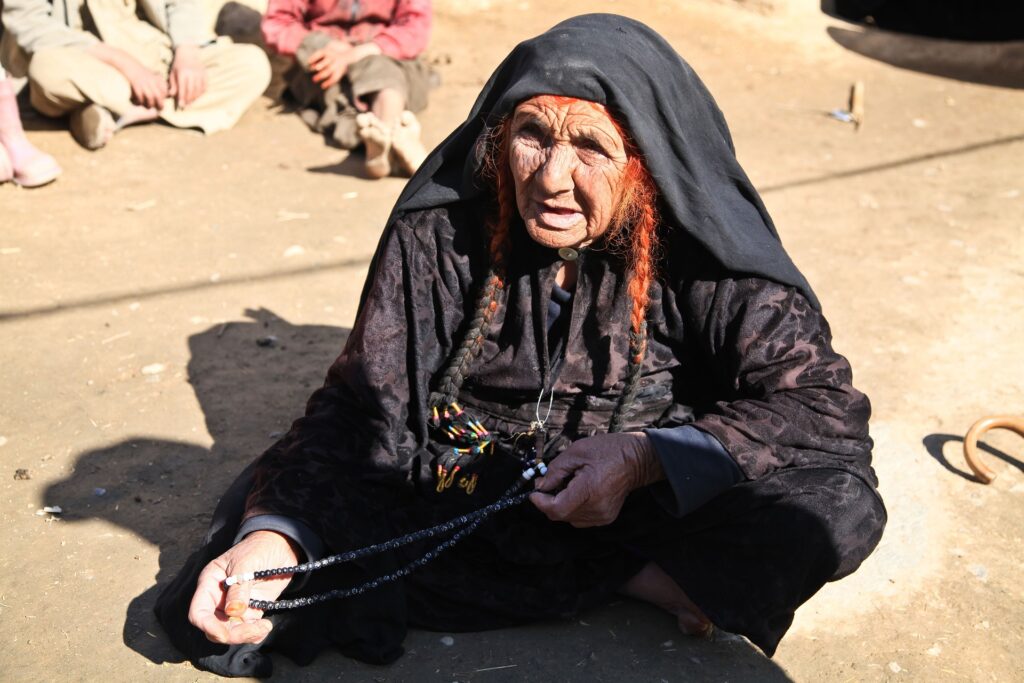
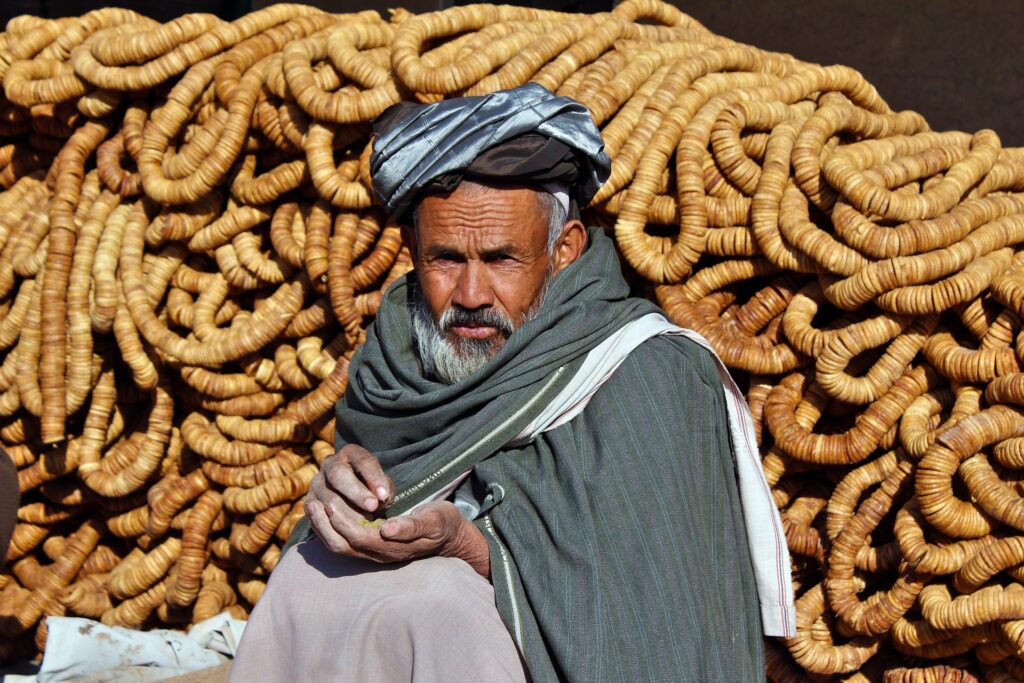
Festivals and Celebrations
- The Afghan New Year, known as “Nowruz,” is celebrated on March 21st and marks the beginning of spring.
- Eid al-Fitr is a major Islamic holiday that marks the end of Ramadan, the month of fasting.
- Eid al-Adha, also known as the “Feast of Sacrifice,” is another major Islamic holiday that commemorates the willingness of Ibrahim to sacrifice his son as an act of obedience to God.
- The Ashura festival is a Shia Muslim holiday that marks the martyrdom of the Prophet Muhammad’s grandson, Husayn ibn Ali.
- The Mela Chiraghan, or “Festival of Lights,” is a three-day festival that celebrates the poetry of Khusrau and is held every year in Lahore, Pakistan.
- The Ghazi Amanullah Khan Day is a national public holiday in Afghanistan which celebrates the Afghan independence from the British Empire in 1919
- Independence Day, which marks the withdrawal of Soviet troops in 1989 and the end of the Soviet occupation of Afghanistan.
- The Nawruz is celebrated on the day of the vernal equinox, typically March 21, and is the first day of the Afghan calendar.
- The Eid al-Adha is celebrated on the tenth day of Dhu al-Hijjah, the twelfth month of the Islamic calendar and marks the end of the annual Hajj pilgrimage.
- The Ashura is celebrated on the tenth day of Muharram, the first month of the Islamic calendar and marks the death of Husayn ibn Ali, the grandson of the Prophet Muhammad.
Famouse Personalities
- Ahmad Shah Durrani, also known as Ahmad Shah Abdali, was the founder of the Durrani Empire and is considered the father of modern Afghanistan.
- King Amanullah Khan was the ruler of Afghanistan from 1919 to 1929 and is known for modernizing the country and promoting education and women’s rights.
- King Zahir Shah was the last king of Afghanistan, ruling from 1933 to 1973. He is remembered for his efforts to promote modernization and democracy in the country.
- Abdul Ahad Mohmand was the first Afghan astronaut, who flew aboard the space shuttle Discovery in 1989.
- Malalai Joya is a political activist and former parliamentarian who is known for her advocacy for human rights and democracy in Afghanistan.
- Rangina Kargar, a women rights activist and founder of the first Afghan women’s bank.
- Hamid Karzai was the President of Afghanistan from 2004 to 2014 and played a key role in the country’s post-Taliban government.
- Ashraf Ghani is the current President of Afghanistan and a former World Bank official, he was elected in 2014.
- Ahmad Shah Massoud was a military commander and political leader who was a key figure in the resistance against the Soviet occupation of Afghanistan and later the Taliban government.
- Habiba Sarabi, the first female governor of an Afghan province, Bamiyan, and the first female minister of women’s affairs in Afghanistan.

Tourist Attractions
- The Blue Mosque in Mazar-i-Sharif is a famous Islamic religious site that is known for its intricate tilework and beautiful architecture.
- The Minaret of Jam is a 12th-century minaret located in western Afghanistan that is considered one of the most significant historical sites in the country.
- The ancient city of Balkh, is considered one of the oldest cities in the world and is known for its rich history and cultural heritage.
- The Bamiyan Buddhas were two 6th-century statues of standing buddhas carved into the side of a cliff in the Bamiyan valley. They were destroyed by the Taliban in 2001.
- The Herat Citadel is a large fortress that dates back to the 6th century and is known for its impressive architecture and historical significance.
- The Kandahar Citadel is an ancient fortress located in the city of Kandahar that has been a strategic location throughout history and is now a historical site.
- The Gardens of Babur is a historic park located in Kabul that was built by the first Mughal emperor of India, Babur.
- The National Museum of Afghanistan in Kabul is a great place to learn about the country’s rich history and culture through its artifacts and exhibitions.
- The Panjshir Valley, located in north-eastern Afghanistan, is a beautiful and scenic valley known for its rugged mountain scenery and historic significance.
- The Shah-e-Doh Shamshira Mosque is a famous mosque located in Kabul, which is also a UNESCO world heritage site and is known for its beautiful architecture and intricate tilework.

